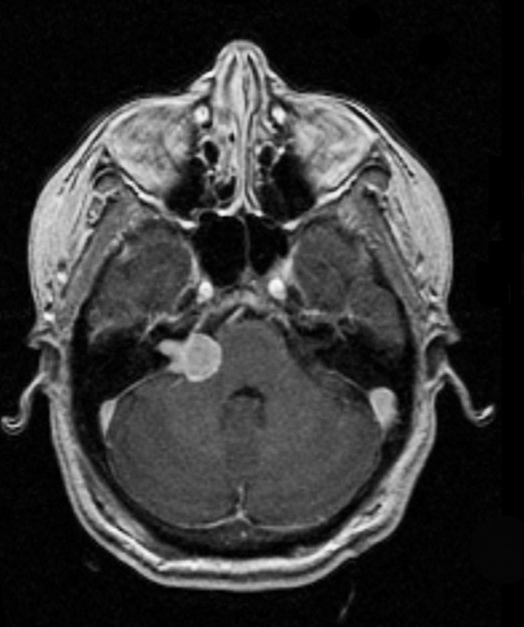Acoustic Neuroma
An acoustic neuroma is typically a noncancerous growth on the vestibulocochlear nerve. This is the cranial nerve that connects your inner ear to your brain and is responsible for hearing and balance. If surgical removal of the tumor is indicated, the goal is to preserve the vestibuloocular nerve and the neural structures that receive its input. Foremost is sparing the vestibulocochlear nerve in order to preserve hearing and balance. Depending on the location and the size of the growth, there are several adjacent neural structures at risk besides the nerve.
Why neuromonitoring…
During surgical removal of the tumor, the neural structures at risk include the trigeminal, the facial and the vestibuloocular cranial nerves as well as the brainstem. The neurophysiologist is able to monitor these nerves and the brainstem continually using a multimodal approach and report to the surgeon any changes. The tests conducted include transcranial motor evoked potentials (tcMEPs), brainstem auditory evoked potentials (BAEP) and electromyography (EMG). The BAEP stimulates the inner ear with sound clicks that produce a series of responses recorded at multiple levels along the vestibulocochlear nerve and the brainstem. In most cases, immediate intervention prevents permanent damage to important structures.
